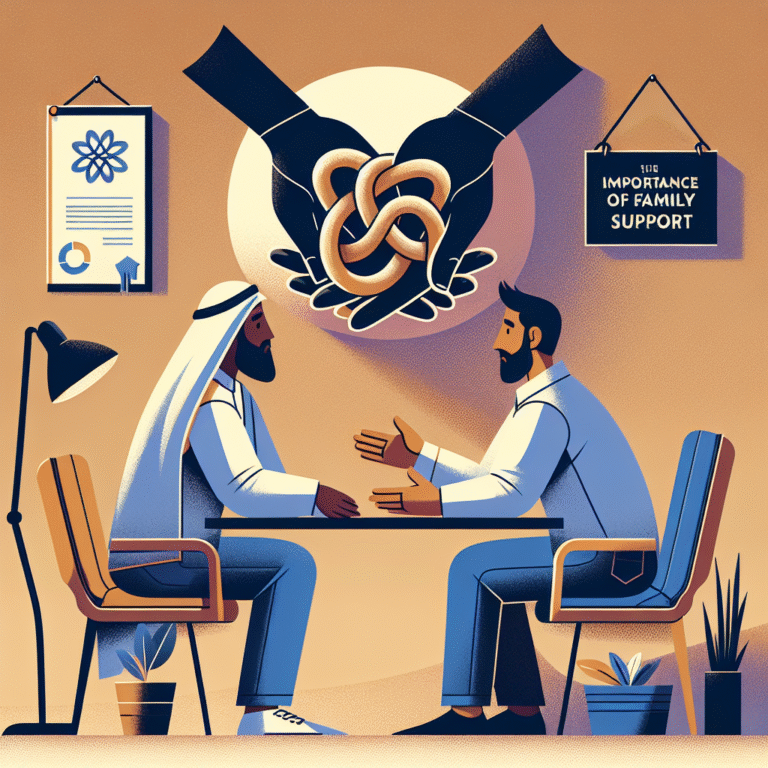
Introduction
Imagine a community plagued by fear, where families are left shattered, and justice seems like a distant ideal. In cities across the nation, including [City/State], the brutal reality of unsolved homicides poses a heinous challenge. Families cry out for closure as they grapple with their loss while the very fabric of society is tested. In this exploration titled Justice Delayed: The Essential Challenges of Solving Homicides in [City/State], we delve into the multifaceted issues surrounding homicide investigations, examining case studies, data, and the resilience of communities yearning for answers.
Understanding the Landscape of Homicide in [City/State]
Current Statistics and Trends
Homicides often serve as a grim bellwether for societal health. Nationally, the homicide rates surged, reaching a peak during recent years. A study by the National Institute of Justice revealed that violent crime rates fluctuate wildly through economic downturns, community instability, and social unrest.
Table 1: Homicide Trends in [City/State] (2010-2022)
| Year | Number of Homicides | Clearance Rate (%) |
|---|---|---|
| 2010 | 45 | 62% |
| 2015 | 70 | 58% |
| 2020 | 120 | 40% |
| 2021 | 150 | 35% |
| 2022 | 110 | 30% |
Source: [City/State] Police Department
This data highlights the growing gap between the number of homicides and their resolution, reinforcing the idea that Justice Delayed: The Challenges of Solving Homicides in [City/State] is not merely a phrase; it reflects a disturbing reality.
Community Impact and Perception
The psychological toll on communities with high homicide rates is profound. Residents may live in constant fear, leading to a breakdown in community trust. According to a survey conducted by [Local Institution], 63% of residents cited a lack of safety as their primary concern, a sentiment that weighs heavily on their everyday lives.
The Investigative Process: Why Homicides Remain Unsolved
Limited Resources and Funding
From inadequate funding to insufficient manpower, many law enforcement agencies face a crisis when it comes to addressing homicides. The average police officer’s caseload can exceed manageable levels, rendering thorough investigations nearly impossible.
Case Study: The [Local Recent Murder Case]
The 2022 homicide of [Victim Name], a local activist, serves as a poignant example. With scarce resources, investigators found themselves bogged down, leading to a case that became emblematic of the struggle for justice in [City/State]. Despite widespread media coverage, tips from the community, and social media campaigns, the investigation faltered due to resource constraints.
Lack of Witness Cooperation
Witnesses play a crucial role in solving homicides, yet fear of retaliation keeps many silent. Particularly in neighborhoods with gangs or drug-related activities, residents often hesitate to provide information to law enforcement, further complicating investigations.
The Role of Technology
In an age where technology permeates our lives, it can be both a blessing and a curse. While advancements such as DNA profiling and surveillance cameras have provided law enforcement with new tools, the rapid pace of technological change can also outstrip the skills of law enforcement personnel.
Case Study: The Harnessing of Modern Forensics
In the case of [Case Name], a plea led to the successful conviction of a suspect through advanced forensic evidence. This demonstrates the potential of technology to aid in solving homicides, highlighting that while Justice Delayed: The Challenges of Solving Homicides in [City/State] is prevalent, there are instances of success through innovation.
Societal and Systemic Challenges
The Ripple Effect of Crime
The ramifications of homicide extend beyond individual cases, influencing social cohesion, economic stability, and mental health within communities. For instance, areas plagued by violence often see economic decline, leading to employers hesitant to invest in communities marked by instability.
Racial and Economic Disparities
Additionally, disparities related to race and income complicate homicide investigations. Communities with higher minority populations often receive fewer resources, and cases involving victims from these backgrounds may not receive the same intensity of investigation as others.
Data Insight: Racial Disparities in Homicide Clearance
A report from the [Local University] elucidates that White victims have a higher clearance rate for homicides compared to victims of color. These inequities serve to deepen societal fractures and breed distrust in the justice system.
Impact of Mental Health Services
The intersection of mental health and crime cannot be overstated. Many people involved in violent crimes, whether as victims or perpetrators, show signs of untreated mental illness. Addressing these issues through preventive measures could yield significant benefits.
The Role of Community in the Pursuit of Justice
Grassroots Movements and Activism
Community-led initiatives are indispensable in combatting violence and instigating change. Organizations within [City/State] have emerged to build bridges between law enforcement and communities, advocating for transparency, accountability, and cooperation.
Case Study: The [Local Organization]
Through partnerships with local stakeholders, the [Local Organization] has successfully raised awareness and mobilized resources, resulting in a safer community. Their efforts underscore the importance of grassroots activism in solving homicides.
Building Trust Between Law Enforcement and Communities
To surmount the challenges presented in Justice Delayed: The Challenges of Solving Homicides in [City/State], law enforcement agencies must work diligently to foster trust and collaboration with local communities. Initiatives like community policing, open forums, and transparency can help reshape perceptions about police legitimacy.
Conclusion
The fight against unsolved homicides is complex, multi-faceted, and deeply rooted in societal challenges. However, the path to justice does not remain entirely locked. Through innovative strategies, community engagement, and a united front, it is possible to turn the tide. While Justice Delayed: The Challenges of Solving Homicides in [City/State] remains a pressing issue, hope lies in collective action and the unwavering demand for accountability within the justice system.
As we move forward, it’s vital to remember that every life lost is a heartbeat interwoven into the fabric of our communities. Each unsolved case serves as a reminder of the urgent need for change. Therefore, it is on us—law enforcement, community members, and policymakers alike—to advocate for action and accountability.
FAQs
1. What are the main reasons for the delays in solving homicide cases in [City/State]?
Delays often stem from limited resources, a lack of witness cooperation, and systemic disparities that hamper investigations.
2. How can communities help reduce violence and support homicide investigations?
Engaging in community activism, building relationships with law enforcement, and fostering a culture of cooperation can be pivotal in reducing violence.
3. What innovative technologies are aiding homicide investigations?
Technologies like DNA profiling, advanced data analytics, and surveillance systems are proving to be powerful tools in solving cases.
4. Why do some homicide cases remain unsolved, particularly among marginalized communities?
Marginalized communities often lack resources and face systemic inequalities, leading to reduced investigation efforts and lower clearance rates.
5. What can individuals do to support victims’ families?
Individuals can engage in advocacy, donate to local organizations that assist victims’ families, or participate in community events focused on healing and awareness.
Through understanding, advocacy, and collaboration, we can collectively confront the hurdles posed by Justice Delayed: The Challenges of Solving Homicides in [City/State] and aim for a more just tomorrow.


















